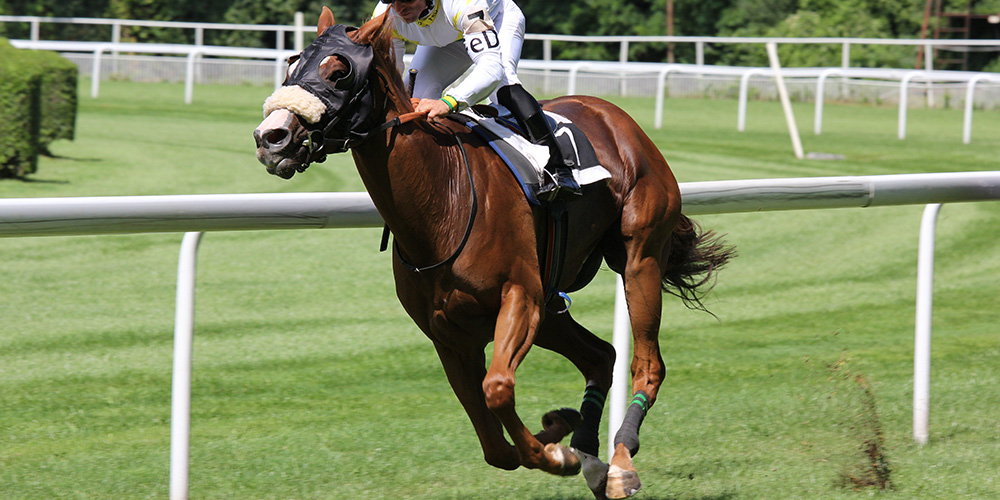
This project is centered around the creation of an advanced system comprising four synchronized motion trackers. The primary aim is to meticulously monitor the movements of horse legs, enabling the detailed analysis of racehorse performance. The initiative reflects a profound blend of sophisticated technology and precision, tailored to meet the specific demands of equine performance assessment.
Core Components:
- PSoC6 MCU:
- Time of Flight (ToF) Sensor:
- 6 Degrees of Freedom (DoF) Inertial Measurement Unit (IMU):
- Battery Management IC:
- Integrated Lithium-Ion Battery:
Serves as the backbone of the device, managing data processing and wireless communication effectively.
Offers precise distance measurements by calculating the time it takes for light to reflect back from a surface.
Provides comprehensive data on spatial orientation and movement, ensuring accurate tracking of horse leg motion.
Ensures efficient power management, crucial for the device's prolonged operational capacity.
Powers the device, with the added convenience of being rechargeable via a USB-C port.
Design and Construction:
- PCB Layout:
- Impedance-Matched Communication Paths:
The device features a meticulously designed 4-layer Printed Circuit Board (PCB), optimized for compactness and maximum signal gain.
To ensure the integrity of high-frequency signals, communication paths are designed with matched impedance, accommodating the high data collection rate of 1kHz.
Data Processing and Connectivity:
- High Data Collection Rate:
- Custom-Developed Sensor Libraries:
All sensor data are collected at a rapid rate of 1kHz, capturing detailed movement patterns.
To match the high loop rate, all sensor libraries were custom-developed, ensuring seamless integration and data processing.
Testing and Validation:
- Prototype Manufacturing and Testing:
Prototype PCBs were meticulously manufactured and subjected to comprehensive testing. This phase focused on verifying the smooth operation of the device, the integrity of signal gains, and the consistency of loop update rates.